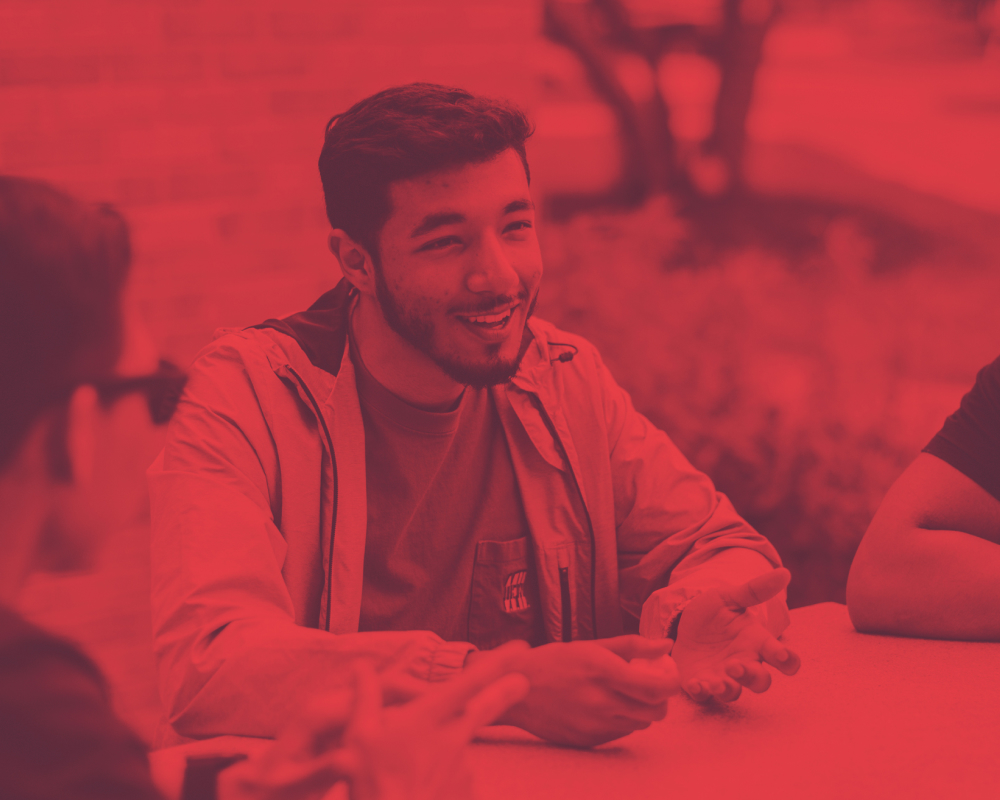Food for thought
Professor of Chemistry Jeffrey Bjorklund worked with chemistry major Samuel Lee ’19 (photo, above left) on a project exploring a question rarely asked: Why do food and drink taste the way they do? Their subject is the Maillard reaction, a chemical process by which proteins react with sugars to produce the flavor and aroma of cooked substances.
The project relies heavily the College’s new 400-MHz nuclear magnetic resonance (NMR) spectrometer.
“Knowing that sugars react differently can tell you a lot about what sugars to put into your product to get whatever flavor you desire,” said Lee.
He added that the highlight of the project was the growth he experienced as a researcher.
“When I was getting results where nothing was reacting significantly, we were able to design a different method of obtaining the data so we could find some results,” he said. “I learned a lot about running and analyzing NMR, as well as being able to learn a new method of statistical analysis in PCA (principal component analysis). And I gained valuable experience working on my own in the lab.”
Accelerating their future
Paul Bloom, associate professor of physics, brought several physics majors with him to work at Fermi Accelerator Laboratory in Batavia, Ill. At the poster presentation, Violet Shamo ’19 (photo, below) and Tyler Weitzel ’19 (photo) presented their work on the g-2 (pronounced “g minus two”) experiment, which measures the magnetic properties of a subatomic particle called the muon.
“This will help us determine if our understanding of the fundamental interactions of the particle are complete or if we are missing something, implying the existence of new particles or interactions we don't yet know about,” said Bloom.
Shamo and Weitzel particularly enjoyed working closely with Bloom while being given room to address the project in their own way.
“You can always ask him questions, but he’s very good about giving you a project and letting you find out the best way to do it,” Shamo said.
“He definitely let us have our own approach; but if we were ever stuck, he was there to help,” Weitzel added.



